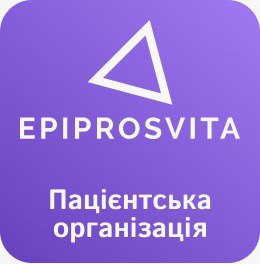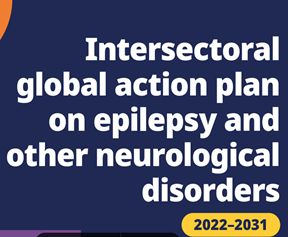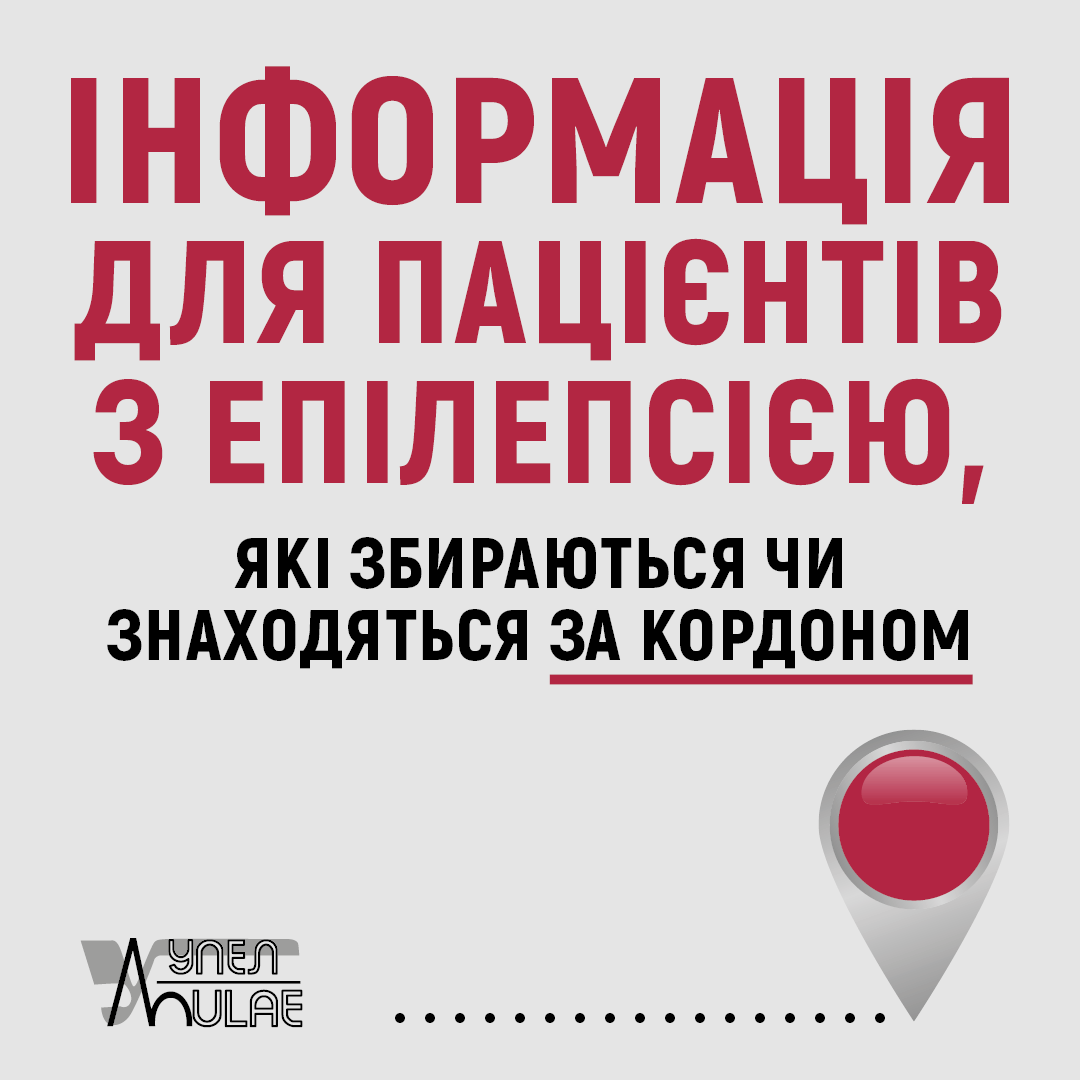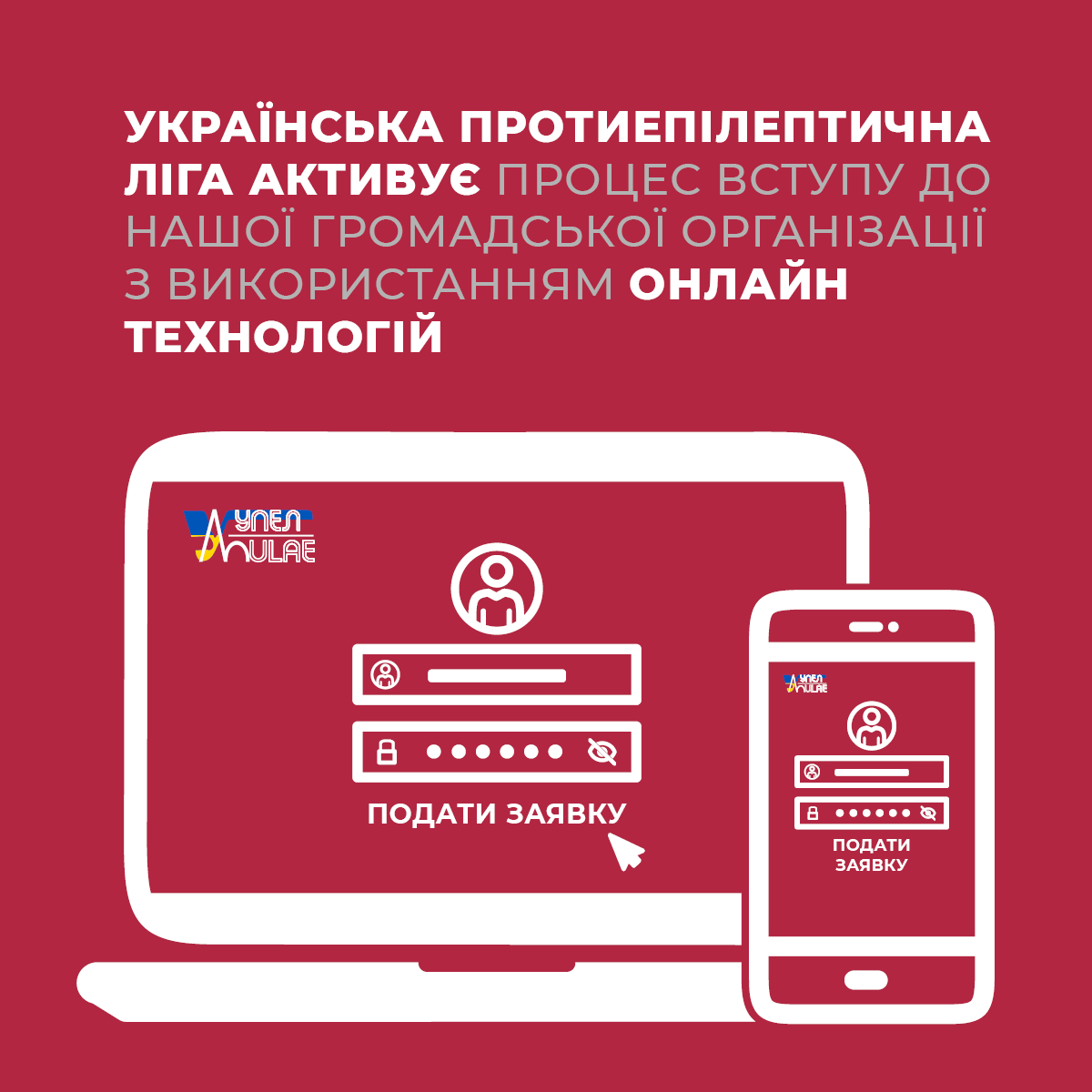Seizure 2019, Vol 69, Editor’s Choice: “The Efficacy of a Pharmacist-Implemented Educational Treatment Programme for People with Epilepsy: A Report of a Randomised Controlled Trial.”
Unhelpful and factually erroneous ideas about epilepsy are common around the world and not exclusively a problem encountered in Lower and Middle Income Countries (LaMICs). Stigma continues to affect the opportunities and life chances of individuals with epilepsy in all countries, and superstitions about epilepsy survive even in High Income Countries (HICs) where the persistence of such inaccurate and negative beliefs cannot readily be blamed on lack of access to educational opportunities (1, 2).
In 2015 the World Health Assembly (WHA) recognized this continuing global problem when it adopted a resolution on epilepsy, WHA68.20, which urges coordination of action at country level to address the health, social and public knowledge implications of this disease. This resolution should be a powerful tool, directing countries to implement improvements to medical and social services for people living with epilepsy, and to promote public awareness about epilepsy. A Global Information Kit on Epilepsy has been developed to support the implementation of WHA68.20 recommendations showing how myths like “epilepsy is contagious”, “epilepsy is a punishment or caused by spirit possession”, “people with epilepsy should not work” or “people with epilepsy should not get married” can be tackled (3).
While such documents are important to shape global awareness, policy and funding priorities, the implementation of any programme will have to take account of local social and cultural factors as well as medical and educational resources. To this end I am pleased to select a randomized controlled trial by Unyime Eshiet, Matthew Okonta and Chinwe Ukwe as my Editor’s Choice from the current volume of Seizure (4). They adapted the MOSES educational progamme for people with epilepsy, originally developed in Germany (5), for their local Nigerian context and used pharmacists as a locally available resource to deliver the intervention. In their intervention group they tied one-to-one educational sessions with a pharmacist to regular appointments with the medical epilepsy care provider. They were able to show that knowledge of epilepsy increased over six months in the intervention group and that, at the end of the intervention, those who had received the additional education from the pharmacist had more accurate perceptions of epilepsy.
Given that those living with epilepsy are likely to be most affected by poorly informed ideas about the disease, it makes sense that they were the primary target of the intervention. More work will be required to develop similar programmes at even lower cost, for other sociocultural settings and other target groups, including teachers, employers, political and religious leaders and, indeed, the population in general.
References:
1) Jacoby A, Snape D, Baker,G. Epilepsy and social identity: the stigma of a chronic disorder. Lancet Neurology. 2005;4,171-78.
2) Prus N, Grant AC. Patient beliefs about epilepsy and brain surgery in a multicultural urban population. Epilepsy Behav. 2010;17(1):46–49.
3) https://www.who.int/mental_health/neurology/epilepsy/epilepsy_global_toolkit.pdf
4) Eshiet U, Okonta M, Ukwe C. The Efficacy of a Pharmacist-Implemented Educational Treatment Programme for People with Epilepsy: A Report of a Randomised Controlled Trial. Seizure 2019; 69, 147-153.
5) Ried S, Specht U, Thorbecke R, Goecke K, and Wohlfa R. (2001). MOSES: An
Educational Program for Patients with Epilepsy and Their Relatives. Epilepsia,
42(Suppl. 3):76–80, 2001. Blackwell Science, Inc.
Seizure 2019, том 69, Вибір реактора: «Ефективність реалізованої фармацевтом освітньої програми лікування людей з епілепсією: звіт про рандомізоване контрольоване дослідження».
Недоцільні та фактично помилкові уявлення про епілепсії поширені в усьому світі і не є виключно проблемою, з якою стикаються країни з низьким і середнім рівнем доходу (КНіСРД). Стигматизація продовжує впливати на можливості і життєві шанси людей з епілепсією в усіх країнах, і забобони про епілепсії зберігаються навіть у країнах з високим рівнем доходу (КВРД), де постійність таких неточних та негативних переконань не може бути легко звинувачена у відсутності доступу до освітніх можливостей (1, 2).
У 2015 році Всесвітня асамблея охорони здоров’я (WHA) визнала цю постійну глобальну проблему, коли прийняла резолюцію щодо епілепсії WHA68.20, в якій закликає координувати дії на рівні країни для вирішення наслідків цієї хвороби для здоров'я, поширення знань про неї, для зменшення соціальних та суспільних наслідків. Ця резолюція повинна бути потужним інструментом, який спрямовує країни на впровадження вдосконалення медичних та соціальних послуг для людей, які страждають на епілепсію, та сприяння поінформованості громадськості щодо епілепсії. Для підтримки здійснення рекомендацій WHA68.20 був розроблений глобальний інформаційний пакет з епілепсії, що показує, як можна боротися з такими міфами, як "епілепсія заразна", "епілепсія є покаранням чи викликана одержимістю духом", "люди з епілепсією не повинні працювати" або "люди з епілепсією не повинні вступати в шлюб" (3).
Хоча такі документи мають важливе значення для формування глобальної обізнаності, політики та пріоритетів фінансування, впровадження будь-якої програми повинно враховувати місцеві, соціальні та культуральні фактори, а також медичні та освітні ресурси. З цією метою я радий обрати рандомізоване контрольоване дослідження Unyime Eshiet, Matthew Okonta та Chinwe Ukwe як мій вибір як редактора з поточного журналу «Seizure» (4). Вони адаптували навчальну програму MOSES для людей з епілепсією, спочатку розроблену в Німеччині (5), для їх місцевого нігерійського контексту та використали фармацевтів як місцевий доступний ресурс для надання втручання. У своїй інтервенційній групі вони прив’язували один до одного навчальні сесії з провізором, з метою забезпечення регулярності консультування лікарем, який спостерігає пацієнта з епілепсією. Вони змогли показати, що знання з епілепсії збільшилися протягом шести місяців у групі втручання і що в кінці втручання ті, хто отримав додаткову освіту від фармацевта, мали більш точне сприйняття епілепсії.
Враховуючи, що люди, які живуть з епілепсією, швидше за все, найбільше страждають від поганої проінформовуваності про хворобу, має сенс, щоб вони були головною метою втручання. Потрібно більше роботи для розробки аналогічних програм з ще більш низькими витратами для інших соціально-культурних установ та інших цільових груп, включаючи вчителів, роботодавців, політичних і релігійних лідерів і, по суті, населення в цілому.
References:
1) Jacoby A, Snape D, Baker,G. Epilepsy and social identity: the stigma of a chronic disorder. Lancet Neurology. 2005;4,171-78.
2) Prus N, Grant AC. Patient beliefs about epilepsy and brain surgery in a multicultural urban population. Epilepsy Behav. 2010;17(1):46–49.
3) https://www.who.int/mental_health/neurology/epilepsy/epilepsy_global_toolkit.pdf
4) Eshiet U, Okonta M, Ukwe C. The Efficacy of a Pharmacist-Implemented Educational Treatment Programme for People with Epilepsy: A Report of a Randomised Controlled Trial. Seizure 2019; 69, 147-153.
5) Ried S, Specht U, Thorbecke R, Goecke K, and Wohlfa R. (2001). MOSES: An
Educational Program for Patients with Epilepsy and Their Relatives. Epilepsia,
42(Suppl. 3):76–80, 2001. Blackwell Science, Inc.





